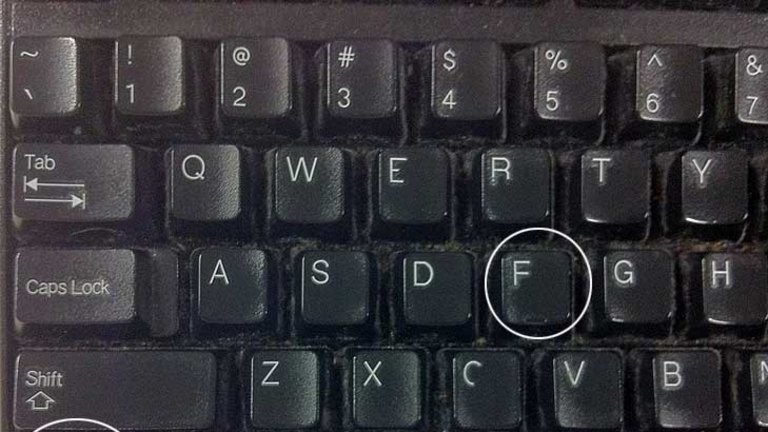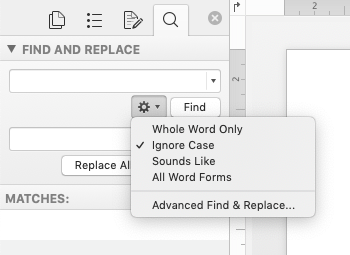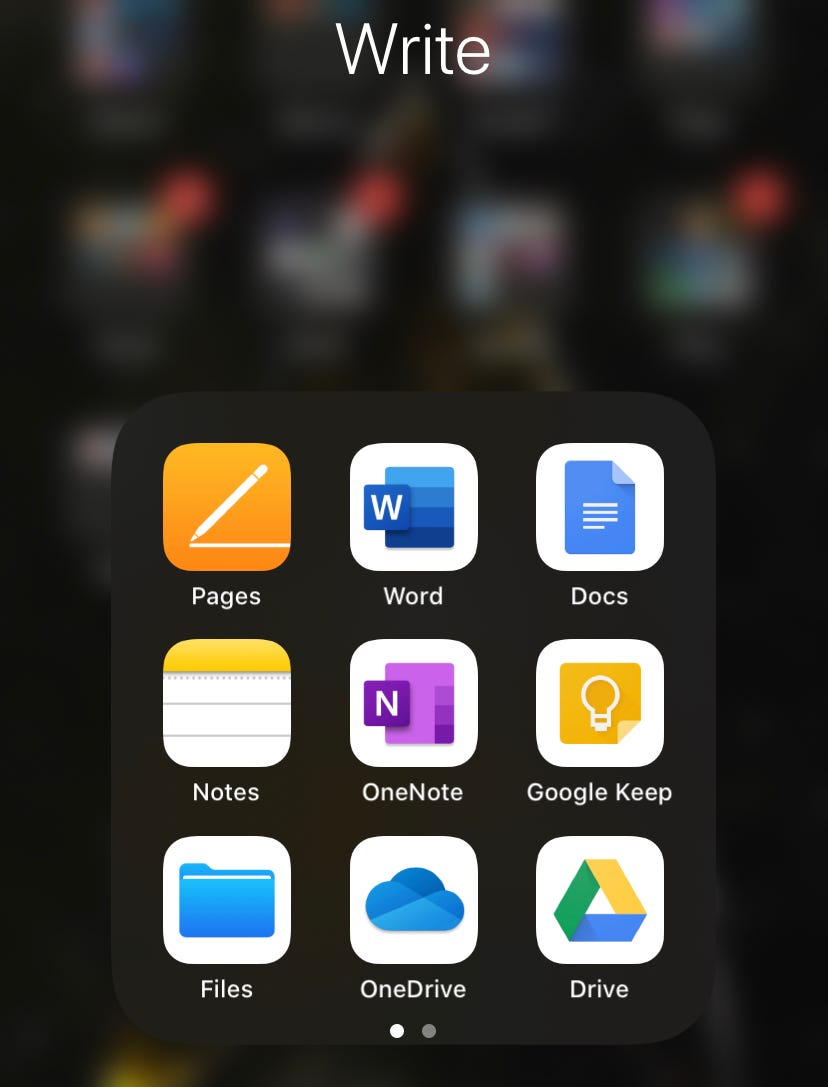How to accept format track changes only in Word document?
Many Mac owners swear that keyboard shortcuts help simplify their lives. If you’re new to a Mac, learning all the available keyboard shortcuts can be a real challenge. Quite a few of these. To open the VoiceOver Utility, use the keyboard shortcut “Control-Option-F8”. Turn Zoom On or Off. Similarly, use the keyboard shortcut “Option-Command-8” to turn the Zoom feature on or off. Turn the Invert Colors Setting On or off. Use the keyboard shortcut “Control-Option-Command-8” to turn the Invert Colors setting on or off. Create a keyboard shortcut to insert a symbol. You can create a keyboard shortcut for a symbol, such as the telephone symbol from the Zapf Dingbats font ( ). For example, to create a keyboard shortcut to insert the telephone symbol, you could assign COMMAND + OPTION +. 1) In MSWord, go to the Tools Menu and then choose 'Customize Keyboard' 2) Under 'Categories' choose 'All Commands' and then look for 'AcceptChangesAndAdvance'. Select it, then click in the box next to 'Press new keyboard shortcut' as shown here: 3) Enter an unused keyboard combination (I chose ⌘ + ⌥ + Y for 'Yes I want this change'). You can use Microsoft Word keyboard shortcuts to apply heading styles and remove character and paragraph formatting. If you working on large Word documents, styles are one of the biggest timesavers. Want to learn more? Check out our Microsoft Word training courses in Toronto, Ontario, Canada.
If you have a Word document which is in track changes mode, when you apply the Accept All Changes feature, all the track changes will be accepted. But, sometimes, you just want to accept the formatting track changes without accepting the insertions or deletions. This article will talk about how to solve this task in Word document.
Custom Keyboard Shortcuts Mac
Accept only formatting track changes in Word with VBA code
The following VBA code can help you to accept the formatting track changes only in Word document, please do as this:
1. Hold down the ALT + F11 keys to open the Microsoft Visual Basic for Applications window.
2. And then, click Insert > Module, copy and paste below code into the opened blank module:
VBA code: Accept format track changes only in Word document
3. And then press F5 key to run this code, and only the formatting track changes have been accepted in the active Word document immediately. See screenshot:

Accept only formatting track changes in Word with Show Markup function
In Word document, you can also apply the Show Markup function to finish this job, please do with following steps:
1. In the track changes mode file, click Review > Show Markup, and then uncheck the Comments and Insertions and Deletions options, and leave the Formatting option checked, see screenshot:
2. And now, you just can see the formatting tracked changes, then, go on clicking Review > Accept > Accept All Changes Shown as following screenshot shown:
3. And all the formatting track changes have been accepted, now, you need to return on the Comment, Insertions and Deletions options by checking them from the Show Markup drop down list, see screenshot:
4. Now, you can see the formatting track changes have been accepted, and other track changes are still kept, see screenshot:


Recommended Word Productivity Tools
Kutools For Word - More Than 100 Advanced Features For Word, Save Your 50% Time
- Complicated and repeated operations can be done one-time processing in seconds.
- Insert multiple images across folders into Word document at once.
- Merge and combine multiple Word files across folders into one with your desired order.
- Split the current document into separate documents according to heading, section break or other criteria.
- Convert files between Doc and Docx, Docx and PDF, collection of tools for common conversions and selection, and so on...
or post as a guest, but your post won't be published automatically.
- To post as a guest, your comment is unpublished.Vous êtes mon héros. En français, le code serait le suivant:
Sub AcceptFormatChanges()
Dim xRev As Revision
For Each xRev In ActiveDocument.Revisions
If Left(xRev.FormatDescription, 12) = 'Mis en forme' Then
xRev.Accept
End If
Next
End Sub- To post as a guest, your comment is unpublished.Sub AcceptFormatChanges()
Dim xRev As Revision
For Each xRev In ActiveDocument.Revisions
If xRev.FormatDescription <> ' Then
xRev.Accept
End If
Next
End Sub
| Click here to return to the 'Keyboard shortcuts and the ellipsis character' hint |
Nice addendum at the the end.
Typing three periods does not automatically expand into an ellipse for me... except when I am using MS Word, where it has long done so.
I find it a little disconcerting that 'three-periods-in-a-row' and an ellipsis character are treated the same way at the OS level.They're not the same thing.
It's OK that 3-dots can convert automatically to an ellipsis in a word processing or page layout app; this functions similarly to an app intelligently converting straight quotation marks to curly. It makes it easier on the user, and serves as a way to draw parity between the way the app works on both the Mac and Windows platform, for those who work on both, or who have switched their choice of OS.
But tweaking at the OS level, where it's expected that the user is really paying attention, and should know what they're doing, I not really comfortable with this sort of dumbing down.
It's not OS-level, it's Application-level. The keys seem to be stored in the application's preferences file.
'It's not OS-level, it's Application-level. The keys seem to be stored in the application's preferences file.'That's an arguable contention, but which ever the case, it sets a bad precedent, because they're NOT the same. Mark my words: Somewhere down the line, this kind of 'user convenience' will cause trouble for somebody, somewhere. And then it'll be up to those of us who worry about such things to sort it out for those who think it shouldn't make any difference. And we'll have to do it ovewr and over and over again, because those same people are the ones who don't read FAQs or pay much attention to what they're doing or what goes on beneath the scant surface of what they see happening on-screen.
Keyboard shortcuts are very useful for adding shortcuts to the Services>Speech>Start Speaking text… menu item.
I demo'ed this to someone with visual impairments on 10.4. It failed to work because I forgot that it needed an ellipsis not three periods ... At the time I was unaware that the ellipsis shortcut was [alt +;] Using 'character palette' was the only way to find an ellipsis, not a simple task if you are the one with the visual impairment. (go try it)
The new version simply makes it easier for novice users to enter what they see onscreen.
Reading the manual is always best, but not everything is documented. These small steps are what makes the Mac OS more user friendly to more people, especially those with little understanding of typographic nuances.
I imagine Apple will ultimately get around to allowing users to 'click add keyboard shortcut' then find the item in whatever menu, whilst displaying an 'elastic string' to illustrate the connection. Similar to the way Interface Builder wires outputs & inputs to menu items etc.
Asking user to type what they see can give unexpected results especially if you are a smart arse who always knows best.

Microsoft Word Mac Shortcuts
I agree: when I type 3 periods, I want them to stay as I typed them. If I really want a special ellipsis 'character', I'd press Option-; (i.e., the Alt/Opt key and the semicolon). I've used that for posters and other printed materials… there, I've just done that, and here it is again…
I tried typing 3 periods in a row in TextEdit, TextWrangler, and Firefox, as I wrote this comment... and it all behaved exactly as I expected. In this paragraph, the only ellipsis is typed with periods, not with the keyboard shortcut... No automatic replacements. That's as it should be.
If I want something replaced *as I type*, I create a shortcut in TextExpander. That puts me in control, which, again, is how it should be.
Note that on the german mac keyboard the ellipsis character ist on alt-. - I have no idea to which other lyouts this might apply.

I have found that the ellipsis generally means there is another dialog box that will be triggered by that menu item. For example 'Private Browsing...' in Safari opens a box asking if you are sure you would like to enable Private Browsing. If you enter a keyboard shortcut for 'Private Browsing' (without the ellipsis) it creates a new menu item that does not trigger the dialog box when it is selected.
On a Danish keyboard you can type the ellipsis character with alt-x.